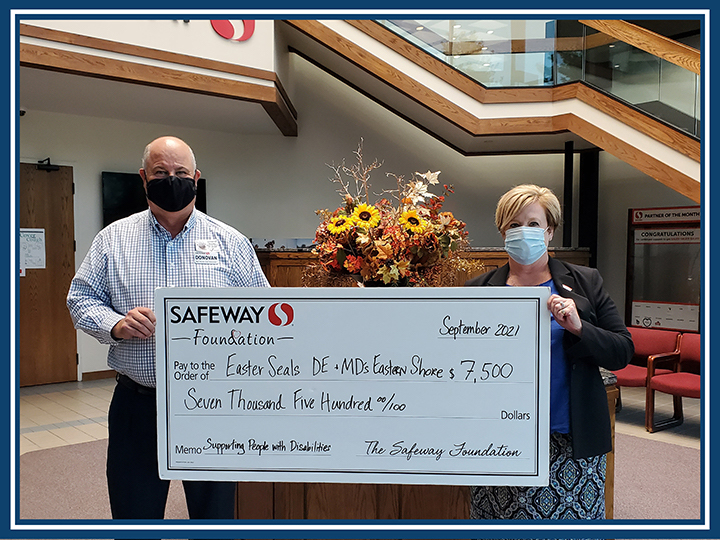Op-Ed: Delmarva Oasis saves you, me, and the Brook Lamprey
Op-Ed: Delmarva Oasis saves you, me, and the Brook Lamprey:
I spent my childhood in and around the Bay wading in our creek to catch soft crabs, trying to dip net yellow perch on their spring run, catching a mess of perch on peelers and papershells, and lazing around the summer afternoons swimming or floating down the river. I thought there was nothing in the Bay that I had not seen or sought or munched or been scraped by – until this year.
In late August, ESLC purchased a large farm (1172 acres) in Queen Anne’s county with over 700 acres of prime farmland and beautiful rambling forests. The protection of this farm had been a priority for ESLC for over two decades mostly due to it being one of the largest remaining unprotected farms on the Eastern Shore. Also because it holds a large part of the headwaters of Southeast Creek, and precisely in a band of habitat uniquely suited for federally endangered Dwarf Wedge Mussels. Over the last ten years, we have been protecting land and encouraging buffers and soil conservation on farms along these headwater streams to protect the mussels.
While we were touring the property last spring, we were in the stream looking for Dwarf Wedge Mussels and I noticed some small ribbon like creatures showing obvious spawning behavior – raking the gravel and making egg deposits and milking. Then I recalled that eels native to this area spawns in the Sargasso Sea in the South Atlantic Ocean. It turns out the shoelace-like creatures were Brook Lampreys – a native of the Bay with a mildly parasitic relationship with Rockfish and other semi-anadromous fish, and a potentially symbiotic relationship with Dwarf Wedge Mussels. I tell this story to highlight the enormity of what we don’t know about the Bay and our lands and waters right here in our backyards on Delmarva.
E. O. Wilson, the planet’s pre-eminent ecologist, in his most urgent book to date called “Half-Earth: Our Planet’s Fight for Life” is calling for everyone to work together to save 50% of the planet’s lands and waters as the necessary infrastructure for life on Earth. Wilson figures that 50% of the planet protected equals 85% of the species protected – including our own. Much of the concern lies not with the species we see going extinct, but with the immensity of species that are yet undiscovered. In 2015, the number of species known to science surpassed two million, yet some scientists estimate that over one hundred million species are in existence today.
After more than thirty years of progress cleaning up the Bay and saving our lands and waters on the Eastern Shore, we have made incredible strides forward. However, with a new Bay Bridge and other road building on the horizon, with an expected retreat in Federal support for conservation, and with our climate changing at an accelerating pace, we must do more and we must act quickly. ESLC’s new Delmarva Oasis initiative aiming for protecting 50% of Delmarva is a critical next step for conservation. Fifty percent of Delmarva means saving not only 85% of our species, known and unknown, but also our fertile soils for food production, our beautiful landscapes, our small towns, and our high quality of life.
Saving land for the future is the most enduring gift we can give to our children. As Joni Mitchell reminds us: “…don’t it always seem as though, you don’t know what you’ve got ‘til it’s gone. They paved paradise and put up a parking lot.”
Rob Etgen
President
Eastern Shore Land Conservancy
# ## #
Eastern Shore Land Conservancy (ESLC) is a regional nonprofit organization that has worked to advance strategic land conservation and sound land use planning on Maryland’s Eastern Shore. More at www.eslc.org.






